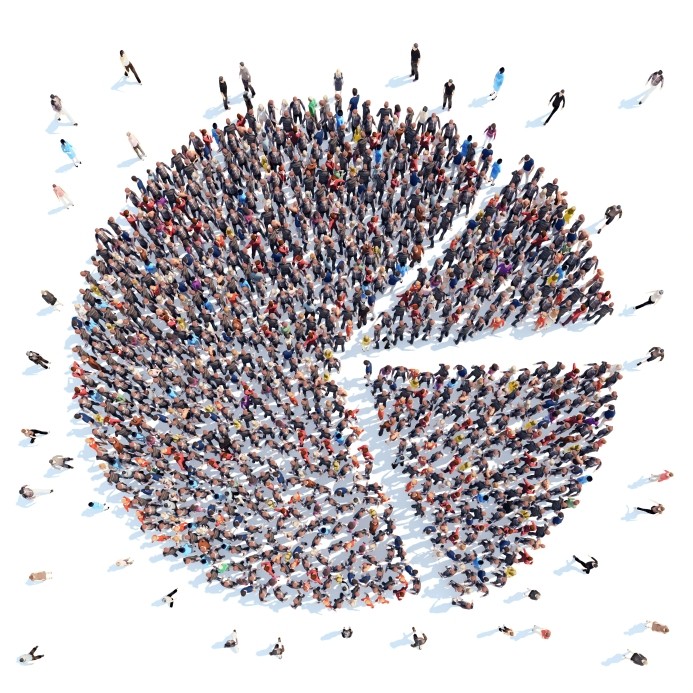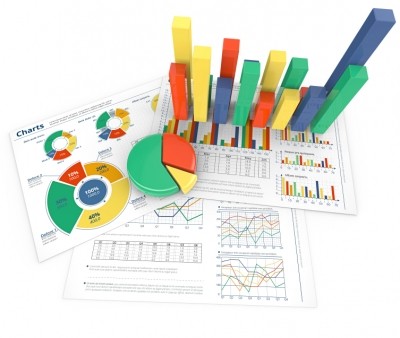Industry has a big appetite for big data but is wasting its time in other areas: Survey

“Despite the investments in sophisticated analytical technologies, research with 7,100 consumers across 19 countries suggests that a majority of retailers and manufacturers may not be paying enough attention to more basic customer expectations,” the authors of the “Seeking customer centricity” report noted.
The team surveyed 400 consumer goods retail and manufacturing executives from 27 countries, of which 34% were from the food and drink sector. The data for food and drink has been exclusively separated out for FoodNavigator, and the findings show that some may be wasting time on issues and investments that customers are not that bothered about.
Wasting time on social media?
Notable among these was collaboration on new product development. Only around a third (35.3%) of food and drink firms thought customers would want to get involved in NPD, but in reality almost half (49%) said they did.
It was a similar story in terms of engagement and presence on social media: 36.7% of executives believed customers wanted them to be active on Twitter, Facebook and the like, but the customer polling told a very different story – just 14% said it was one of the five most important factors in selecting which brands to buy.
David Stangis, vice president of corporate responsibility and chief sustainability officer at the Campbell Soup Company, captured the zeitgeist when he noted that consumer preferences are changing faster than many big companies can cope with.
“In the food sector in particular there is significant effort focused on building consumer insights. But it may be hard for large, complex organisations to understand which trends to act on. Will this new trend become a big part of the market? How fast will it grow? Could we alienate our core consumers by chasing what might be just a fad?”
Food brands, increasingly, will need to rely on advanced data analytics and smart technologies to keep track of customer behaviour in near-real time.
“As we go full speed into the digital world, we will increase our two-way interactions with the consumer. We will strive to build ways to learn more quickly from consumers and factor their input into our decision-making in almost real time,” Stangis added.
Indeed, the best companies are working from the customer back, according to Julio Hernandez, head of KPMG’s Global Customer Centre of Excellence. “They are applying a customer lens to what customers want, what competitors are offering and what non-competitors are doing. This is the opposite of the old formula of creating products and then finding customers to sell them to.”
Hungry for data
When asked about the digital activity they were planning in the next two years, social media came out top (61.8%) for F&D executives, although this was closely followed by data analytics (57.4%).
The CGF/KMPG survey certainly showed a considerable appetite for the use of analytics. The areas where business hope to make the most progress towards 'digital maturity' in the next couple of years include: supply chain management (28.7% now versus 50.8% in 2018), marketing and promotion (26.5% v 50.7%), product development (15.5% v 30.9%) and procurement (14.7% v 34.5%).
But there is a long way to go. Currently, the only areas where more than a third of respondents are using advanced data analytics are: optimisation of distribution (34.8%), better customer segmentation (34.1%) and the creation of personalised customer experiences.
In the next two years investment in these, as well as a host of other areas, could rocket. More than one in two firms will be using data to help with everything from mitigation of risk (50.4%) and forecasting demand (52.6%) to product innovation (51.1%) and the development of a more integrated view of the customer (52.6%). The interest tends to be higher than the consumer goods sector as a whole.
“Companies need to gather and analyse as much circumstantial, situational, and demonstrated behaviour data as possible so they can start to understand the motivation for why, when, and how a consumer makes a purchase decision at any given time,” said KPMG International global chair of consumer markets Willy Kruh.














